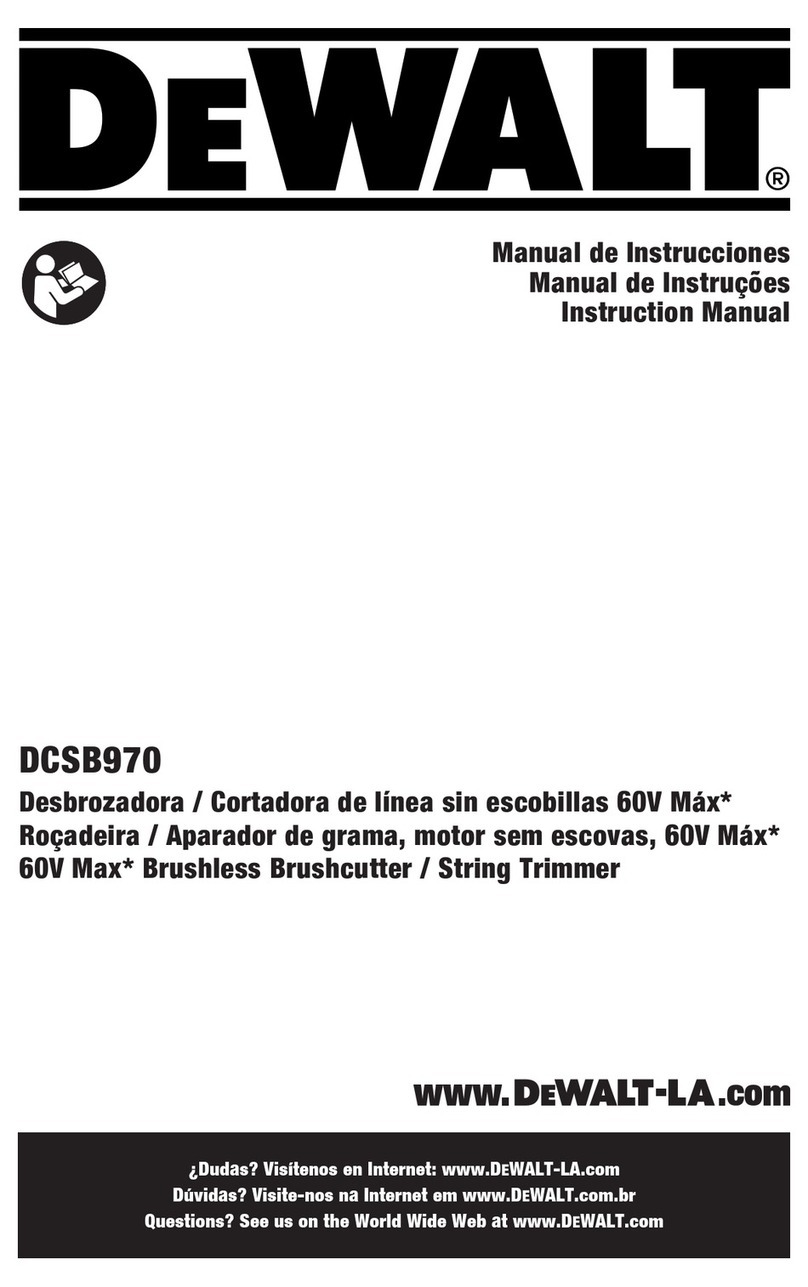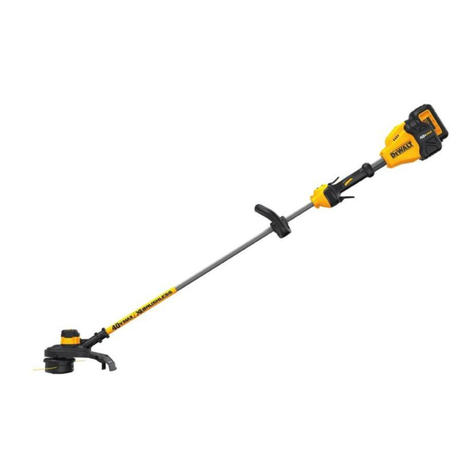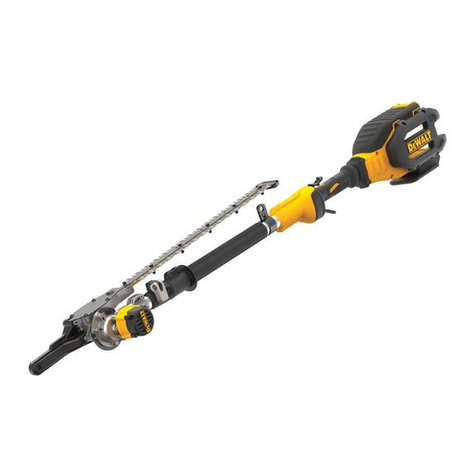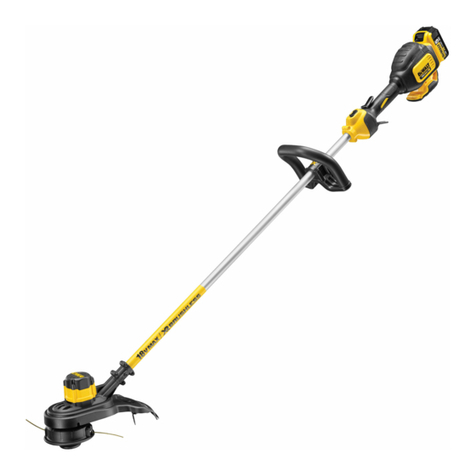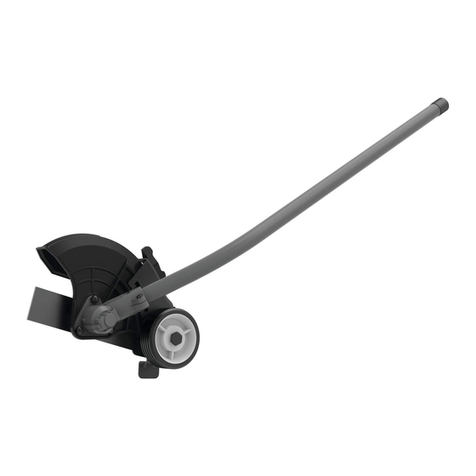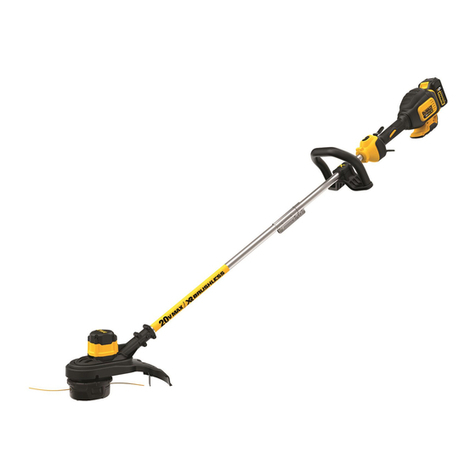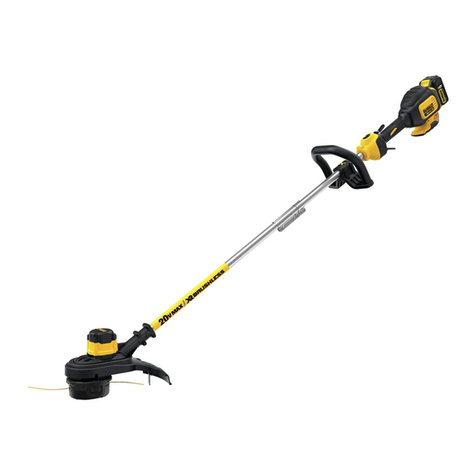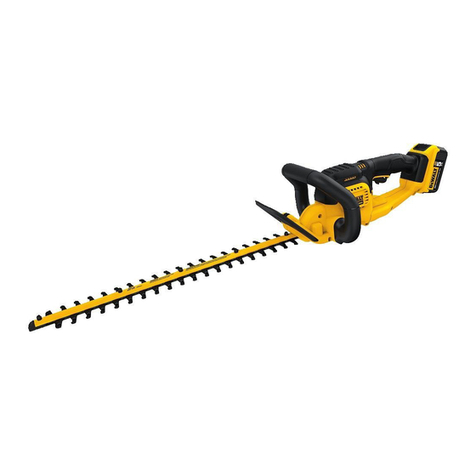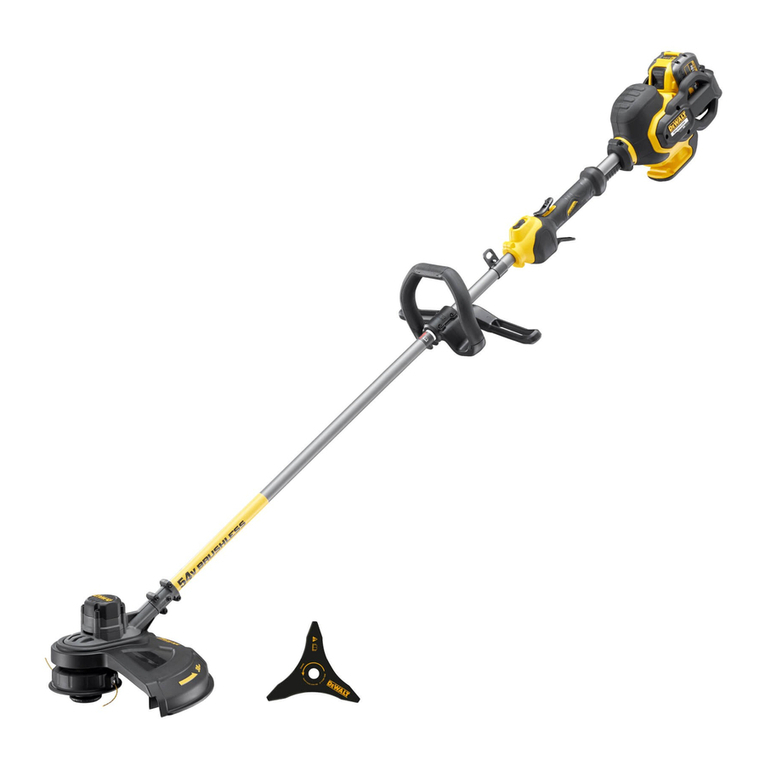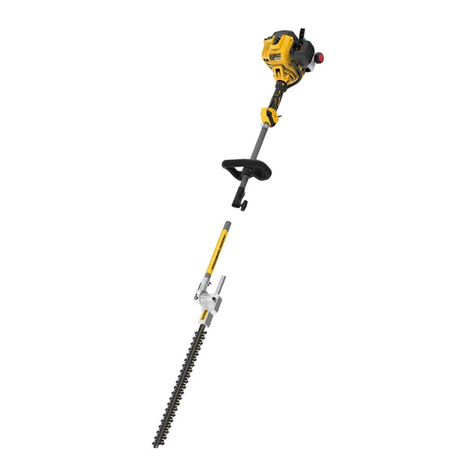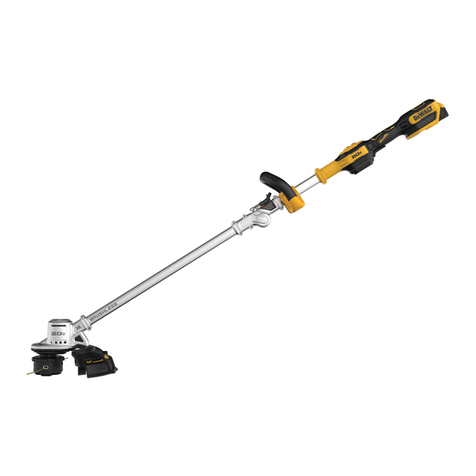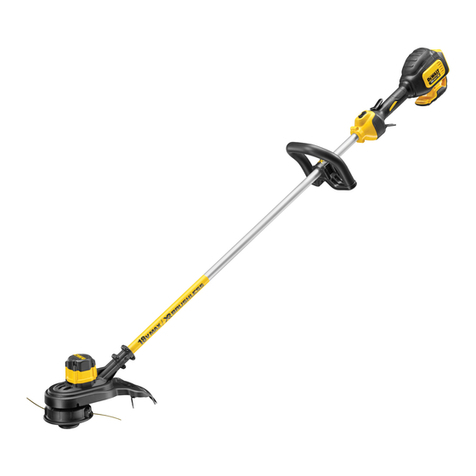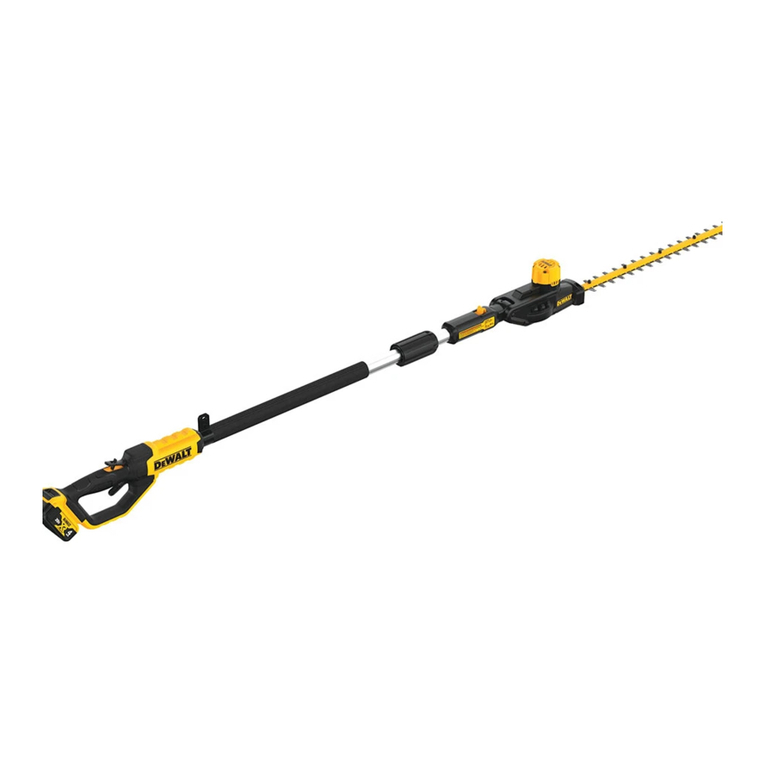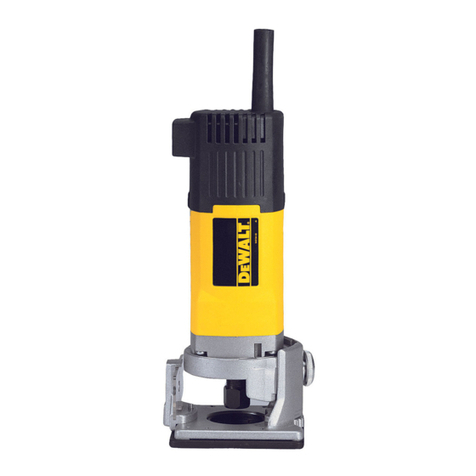
4
English
created. However, no warranty, expressed or implied, is given. The
shipper is responsible to comply with the applicable regulations.
SPECIFIC SAFETY INSTRUCTIONS FOR LITHIUM ION (Li-Ion)
• Do not incinerate the battery pack even if it is severely
damaged or is completely worn out. The battery pack can
explode in a fire. Toxic fumes and materials are created when
lithium ion battery packs are burned.
• If battery contents come into contact with the skin,
immediately wash area with mild soap and water. If battery
liquid gets into the eye, rinse water over the open eye for 15
minutes or until irritation ceases. If medical attention is needed,
the battery electrolyte is composed of a mixture of liquid organic
carbonates and lithium salts.
• Contents of opened battery cells may cause respiratory irritation.
Provide fresh air. If symptoms persist, seek medical attention.
WARNING: Burn hazard. Battery liquid may be
flammable if exposed to spark or flame.
The RBRC™ Seal
The RBRC™ (Rechargeable Battery Recycling
Corporation) Seal on the nickel cadmium, nickel metal
hydride or lithium ion batteries (or battery packs)
indicate that the costs to recycle these batteries (or
battery packs) at the end of their useful life have already
been paid by DeWALT. In some areas, it is illegal to
place spent nickel cadmium, nickel metal hydride or lithium ion
batteries in the trash or municipal solid waste stream and the RBRC
program provides an environmentally conscious alternative.
RBRC™, in cooperation with DeWALT and other battery users, has
established programs in the United States and Canada to facilitate
the collection of spent nickel cadmium, nickel metal hydride or
lithium ion batteries. Help protect our environment and conserve
natural resources by returning the spent nickel cadmium, nickel metal
SHIPPING BY AIRPLANE (BY AIR) OR SHIP (BY SEA)
• Contact your carrier for up to date instructions. Have your contents
(including the battery) with you when contacting them. The
specifications written on them will be needed to prepare them for
shipment, pack them in a compliant box, and properly label the box.
SHIPPING BY GROUND (HIGHWAY OR RAIL)
• The original product box and its packing material can be used for
shipping by ground within the United States and Canada with the
following stipulations:
1. The battery and all other contents must be in their original
packing materials and arranged as received (including the
battery in its original plastic bag and battery box).
2. The original product box and all other packing materials must
be undamaged.
3. The shipment must be include a document which contains the
following:
• The package contains lithium-ion cells or batteries.
• The package must be handled with care and that a
flammability hazard exists if the package is damaged.
• Special procedures should be followed in the event the
package is damaged, to include inspection and repacking if
necessary.
• The telephone numbers for additional information (US and
Canada 1-888-698-2571, Elsewhere +1-410-329-9200).
• To ship by ground in a generic box, contact your carrier for
up to date instructions. Have your contents (including the
battery) with you when contacting them. The specifications
written on them will be needed to prepare them for shipment,
pack them in a compliant box, and properly label the box.
It is forbidden to fly with these batteries even if the batteries are in
checked baggage.
The information provided in this section of the manual is provided in
good faith and believed to be accurate at the time the document was


